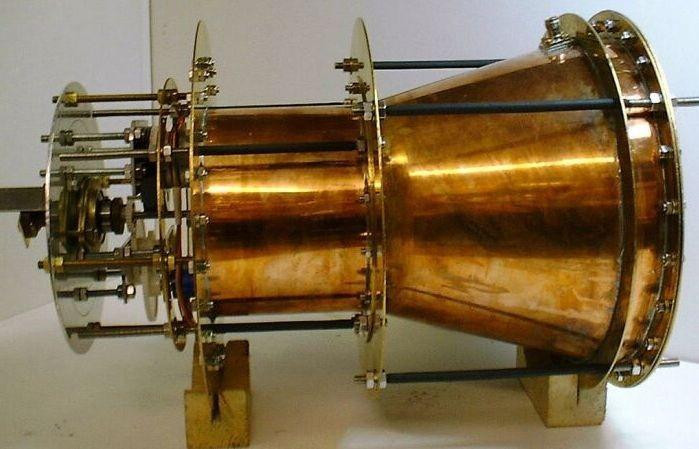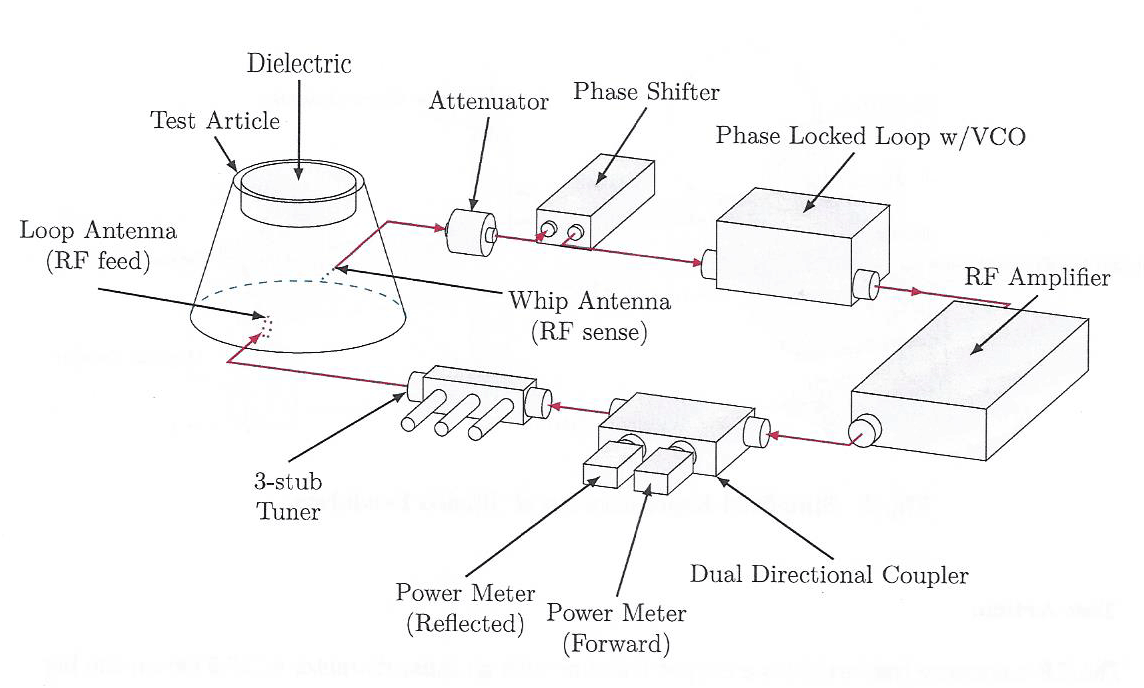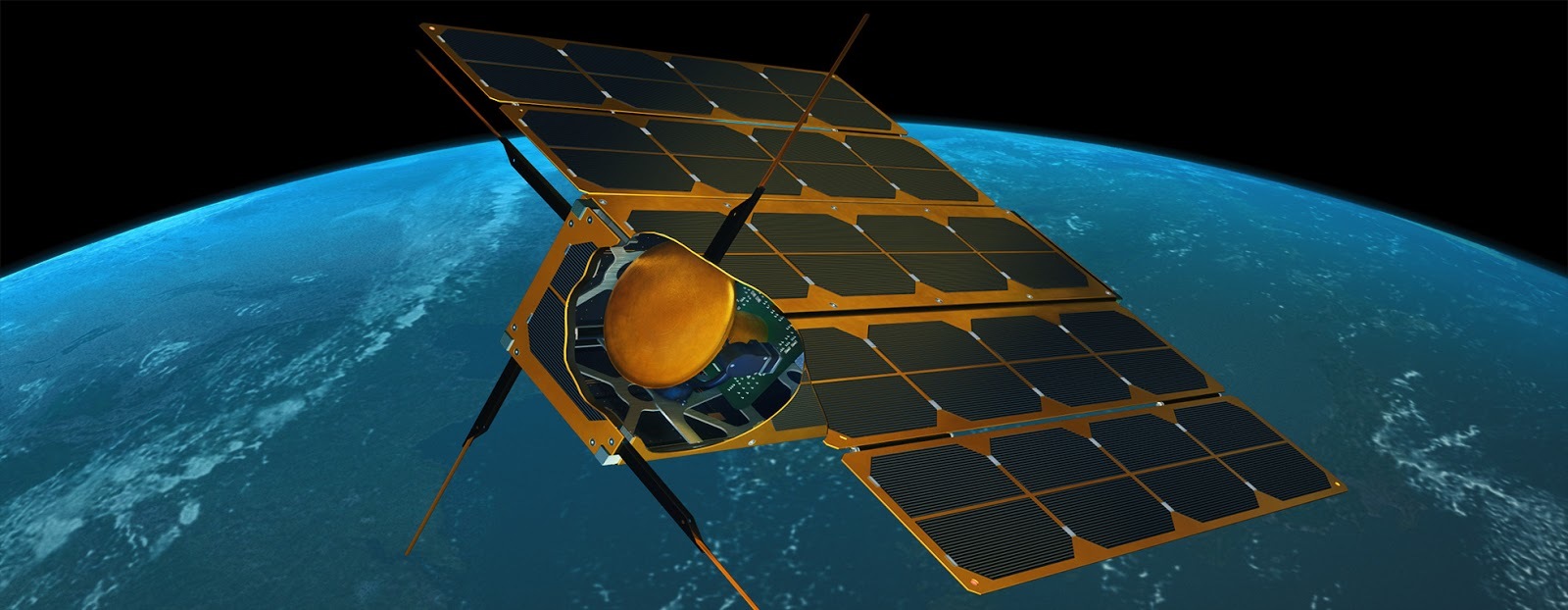NASA publishes the official final version of its test report on the "impossible" EmDrive engine

EmDrive stirs minds of space travel scientists and enthusiasts for 15 years.
NASA has been studying the so-called “impossible” engine for quite a long time. Disputes between scientists and space enthusiasts have not stopped for 15 years, since the engine was provided by its creator. And there really is something to argue about - after all, EmDrive creates cravings in a closed loop without any exhaust. At first glance, the engine violates the law of conservation of momentum. On the second - also breaks. But here are the results of dozens (and perhaps already hundreds) of tests unequivocally indicate that the engine still works.
NASA decided to take the study of EmDrive in their hands. After a series of tests, including vacuum, it turned out that the engine really works, and there can be no talk of thermal convection here. Not so long ago, a NASA report was made publicly available, but it was still not an official publication, but something like a leak. Now the conclusion of the agency’s experts has been published in due form on the website of the Journal of Propulsion and Power.
As previously reported, the authors of the publication are Harold White, Paul March, James Lawrence, Jerry Vera, Andre Sylvester, David Brady and Paul Bailey (Harold White, Paul March, James Lawrence, Jerry Vera, Andre Sylvester, David Brady, Paul Bailey ), they all work in the Space Center for them. Lyndon Johnson.
')
The content of the report is approximately the same as that already posted on the network, but in the latest version of the document there is an official conclusion that the EmDrive, created at NASA, develops a thrust of 1.2 millinewtons per kilowatt in a vacuum. At the same time, the experts, during the tests and after them, tried to find a possible error in the design of the test bench or the engine itself, which leads to the appearance of thrust or, at least, to its fixation. Errors and problems were not found, which suggests that the engine really works. And this is despite the fact that for the emergence of thrust should be "equal in strength backlash."
The engine at NASA was tested on a stand with installation based on a torsion pendulum.

1.2 million watts per kilowatt is a very small figure. On the other hand, the solar sail develops even less thrust: about 3.6 micronyutons per kilowatt. EmDrive enthusiasts believe that if the engine is also equipped with fuel cells, that is, with hydrogen and oxygen, then it is quite possible to use it in space business. For example, install on the ISS, which will allow you to work with a minimum amount of fuel, and also reduce the number of maneuvers to accelerate the station. This, according to experts, should reduce the load on the hull and supporting structures of the ISS, extending its overall life.
It is also believed that EmDrive can also be used for space travel, installing such an engine on ships that fly to the Moon, Mars and other objects of the Solar System and even beyond.

Cannae satellite image
At the end of the summer of this year, it was reported that as early as next year, perhaps in space, they would test the work of a similar engine working in microwaves with the creation of traction in a closed loop without exhaust. It's about Cannae Drive. Its experimental sample is planned to be launched into orbit. The test period is six months. This engine will equip the orbital satellite, which will try to move with the help of electromagnetic thrust.
A miniature satellite with a portable EmDrive can also be sent into orbit upon receipt of funding. This engine is designed by a German engineer. He began to raise funds, but, unfortunately, the campaign was unsuccessful - the engineer did not receive funding. Although there is a possibility that a large company will be engaged in the project, this probability is not so great.
There is no clear explanation of why the “impossible” engine still works. According to NASA, there is a possibility that the EmDrive thrust is a quantum nature. Thus, it is a consequence of the appearance of a “quantum vacuum of a virtual plasma” of particles appearing and disappearing in a closed contour of space-time. If this is so, then the “accusation” of violating the motor of the law of conservation of momentum is removed, since the system, in fact, is not at all isolated.
Finnish physicists in June of this year offered their explanation for the operation of an “impossible” engine. They believe that pairs of photons may appear in the EmDrive resonator that are out of phase with each other. Such couples carry momentum in the opposite direction of the engine. And the interaction of such photons contributes to the emergence of a zero-polarized electromagnetic wave. The impulse transfers such a wave.
“The principle of operation of the EmDrive can be compared to the principle of operation of a jet engine of an aircraft, when gases moving in one direction push the aircraft in the opposite direction,” said Arto Annila, a team of Finnish scientists. “Microwave radiation is the fuel that goes to the resonator ... and the emDrive thrust is generated by pairs of photons. When two photons move together, but have opposite phases, then this pair does not have an electromagnetic field, therefore, it will not be reflected from the metal walls, but leaves. ”
In general, after NASA confirmed that the engine was working under terrestrial conditions, in order to make sure that it can be operated in space, it is necessary to carry out appropriate tests in orbit. And after that it will be possible to plan the use of EmDrive in the space programs of different countries and companies.
Source: https://habr.com/ru/post/399241/
All Articles